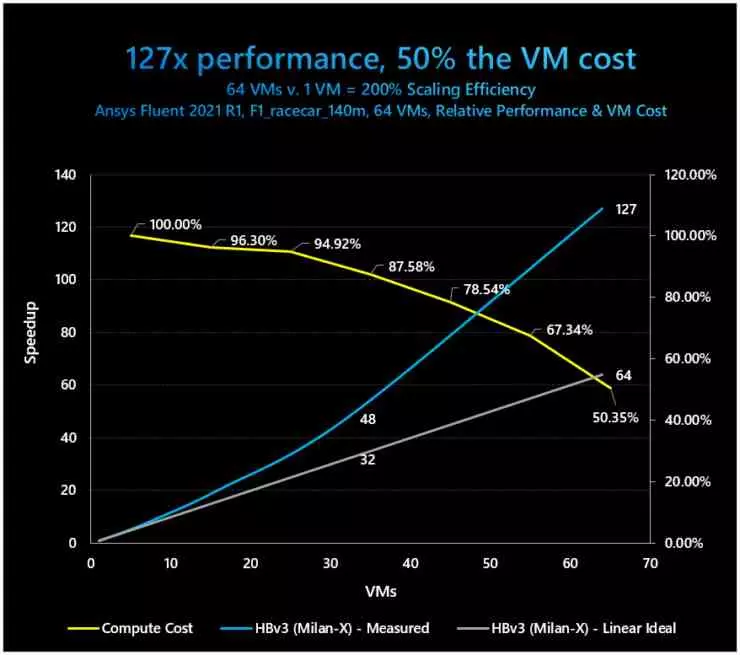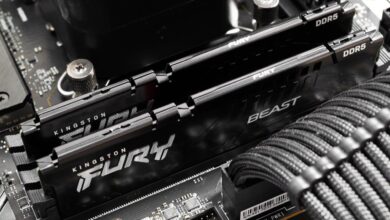
The recent launch of the new EPYC CPUs from AMD has turned the server CPU market upside down, as it has consolidated its leadership in server processors thanks to the extra performance due to the use of V-Cache over Zen 3. ¿ What is the performance of these CPUs? Well, thanks to Microsoft we have been able to know the Milan-X performance on Azure.
One of the keys to cloud computing is latency, after all when we use a remote server to run applications it is important to reduce it as much as possible to have the same level of experience as a local computer.
AMD’s idea with Milan-X based on Zen 3 and the future processor Bergamo that will be based on Zen 4c is to improve the latency of the CPU with the memory through increasing the size of its L3 cache with the V-Cache. Well, Microsoft’s Azure division that is based on Cloud Gaming has carried out a series of performance tests on the new AMD CPUs.
This is how AMD EPYC Milan-X performs in Azure
Zen-based EPYC Milan processors are used in Microsoft’s Azure servers, specifically to run their HBv3 Series VM technology which is based on dual configurations of up to 128 cores. Since Milan-X uses the same socket for AMD customers it is not a problem to change the CPU while maintaining the rest of the hardware components.
As can be seen in the performance graphics of the AMD Milan-X that Microsoft has published, we see how in most tests there is an appreciable performance difference of Milan-X compared to its predecessor under Azure.
In terms of architecture Milan-X continues to use Zen 3, so at that level there are no improvements in the IPC, but the use of a large cache increases the chances that the CPU in the process of capturing new data and instructions find them precisely in that cache. When that happens the execution time is shortened and therefore the processor ends up being faster.
Increasing the capacity of a cache has the counterpart that when reaching a certain size the latency can become higher and be counterproductive, so we were interested in knowing the performance of the addition of the V-Cache in Milan-X. What does the data tell us? Well, as the number of virtual machines increases, the performance advantage increases for the new AMD CPU.
How to scale efficiency in virtual machines
Azure servers run multiple virtual machines at the same time for a large number of clients. Microsoft’s observations on performance is that using 64 virtual machines at the same time Milan-X gets a performance improvement of up to 77% regarding the AMD EPYC Milan without V-Cache, which confirms the wisdom of Lisa Su’s company to bet on this technology for the cloud computing market.
Now it remains to see Intel’s bet to be able to compete against Milan-X and if they can really be that fast.





